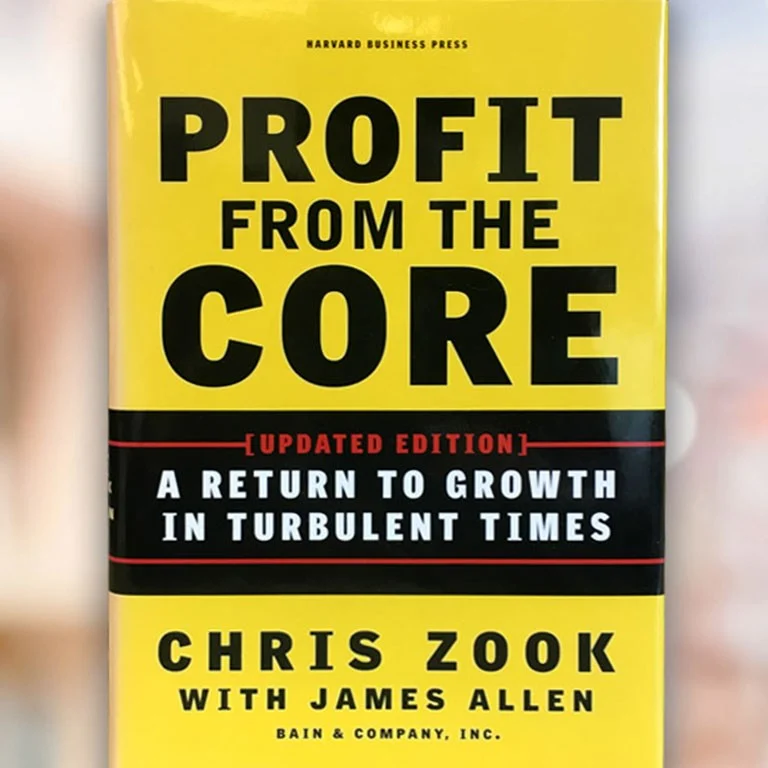Article
Many companies proudly think of themselves as innovative. The great majority of them, however, are adept at producing only sustaining innovations—products or services that meet the demands of existing customers in established markets. Few companies have introduced genuinely disruptive innovations, the kind that result in the creation of entirely new markets and business models. And yet the motivation to pursue such innovations should be urgent. In almost any industry you care to examine, the most dramatic stories of growth and success were launched from a platform of disruptive innovation.
Clayton M. Christensen of Harvard Business School, Mark W. Johnson of Innosight in Woburn, Massachusetts, and Darrell K. Rigby of Bain & Company have been close observers of innovation successes and failures at large and small companies. Drawing on a decade's worth of research, they offer two sets of litmus tests that senior managers can use to shape business plans to improve their chances of success. Following a detailed exploration of the litmus tests, they try out their ideas in a hypothetical example that asks whether Xerox could disrupt Hewlett-Packard's ink-jet printer business. They conclude by outlining the process any company will need to institute if it wants to create an engine capable of building new disruptive businesses over and over again.
If senior managers pursue the path outlined here—and if the growth businesses they start or acquire are truly disruptive in character—companies will find it less difficult and risky than many have supposed to create wave after wave of new corporate growth.
Clayton M. Christensen is a professor at Harvard Business School, Mark W. Johnson is the CEO of Innosight in Woburn, Massachusetts, and Darrell K. Rigby is a director of Bain & Company in Boston.

Profit from the Core
Learn more about how companies can return to growth in turbulent times.